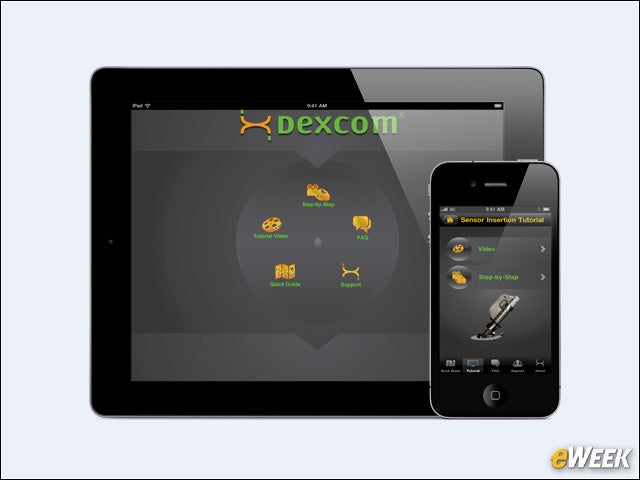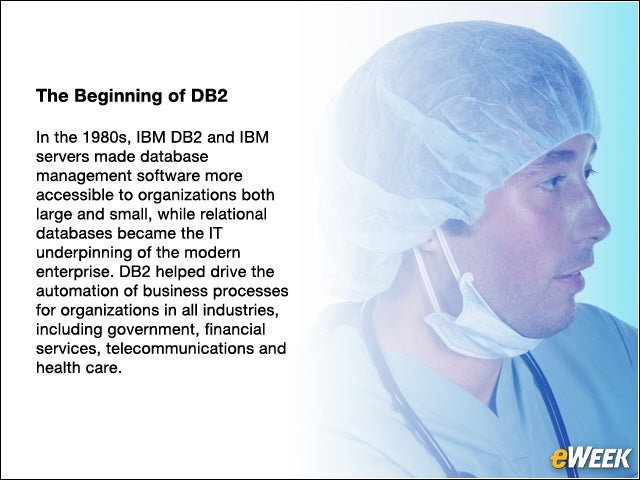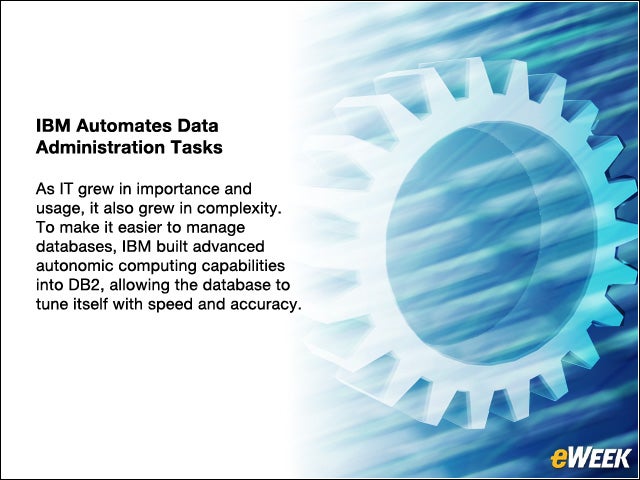eWEEK content and product recommendations are editorially independent. We may make money when you click on links to our partners. Learn More.
1IBM and the Birth of Database Software
Before introducing DB2, IBM led the way for the database software industry by developing innovations to organize data for large and complex government projects, starting in 1966 with the IBM Information Management System or IMS/DB, which was a hierarchical database created for the Apollo space program.
2IBM Introduces the Relational Database and SQL
Seeking a better model for meeting the industry’s database needs, Edgar F. Codd, an IBM employee, described the theory of relational databases and in June 1970 published the model for data manipulation. From this, IBM released the software that became the foundation for the relational database we have today. Also at that time, IBM led the development of SQL as a way of getting data in and out of a relational database, which quickly became the de facto industry standard query language. These are the foundational blocks upon which all relational database vendors have built their products.
3The Beginning of DB2
In the 1980s, IBM DB2 and IBM servers made database management software more accessible to organizations both large and small, while relational databases became the IT underpinning of the modern enterprise. DB2 helped drive the automation of business processes for organizations in all industries, including government, financial services, telecommunications and health care.
4DB2 Powers the Next Generation of Data Formats
As the high-tech world evolved, the need to share and exchange information between systems emerged, which became a fundamental driving force behind the explosive expansion of the Internet. IBM recognized the power of standard data exchange formats for accessing information across the internet and built native XML data management capabilities deep into DB2, making DB2Â the industry’s first hybrid data server.
5IBM Automates Data Administration Tasks
6In-Memory Capabilities: Data on Devices
DB2 was at the forefront of the mobile computing revolution, providing in-memory versions of its software to run on handheld devices. This software integrated seamlessly with DB2 running on a variety of devices, including powerful servers and large mainframe computers, empowering organizations to embrace this new mobile and agile high tech world.
7DB2 Powers the Next Generation of Applications
DB2 is paving the way for the next generation of applications with its support for native XML data and graph databases, allowing DB2 to power modern large-scale data exchange and social network applications. In addition, DB2 is powering the next generation of analytic workloads with its highly optimized complex query capabilities in combination with its Hadoop integration.
8To the Cloud
DB2 relational data management has made the transition from traditional environments to cloud environments, regardless of whether that environment is a private cloud, a public cloud or a hybrid cloud. IBM has assessed how users commonly set up traditional databases and created “patterns” that have helped to simplify database set up within the cloud environment.
9DB2 Provides Data Clarity During the Era of Big Data
The global rise of social media, intelligent devices and interconnected systems has led to an explosive growth of data, creating an abundant, yet largely unused, resource for decision makers. With its ability to integrate insights from Hadoop and its noSQL support, DB2 technology helps organizations more effectively tame big data, making it easier for decision makers to analyze it and gain insights for competitive advantage.
10What’s Next?
Looking forward, businesses are facing an ever-changing set of new pressures created by the explosion of big data and changes in the marketplace. Database systems need to become increasingly efficient and intelligent to help businesses address the complexities arising from the data deluge and the need for near-instant business analysis to uncover the awaiting opportunities housed in their data. Advances in efficiency are being driven by the integration of hardware, software and embedded expertise. Furthermore, advances in intelligence are being driven by Watson-like capabilities allowing you to present scenarios that allow your database to give you the answers.









